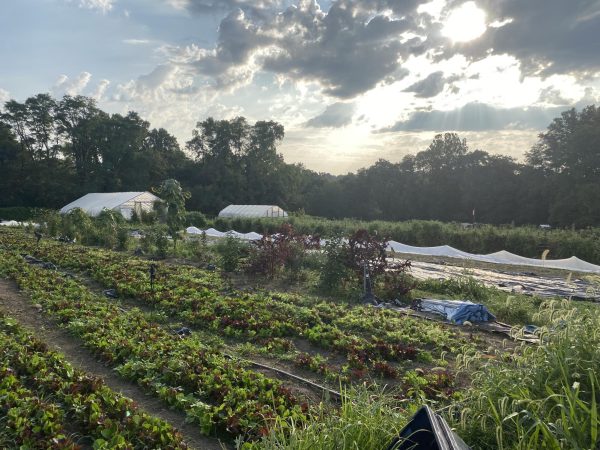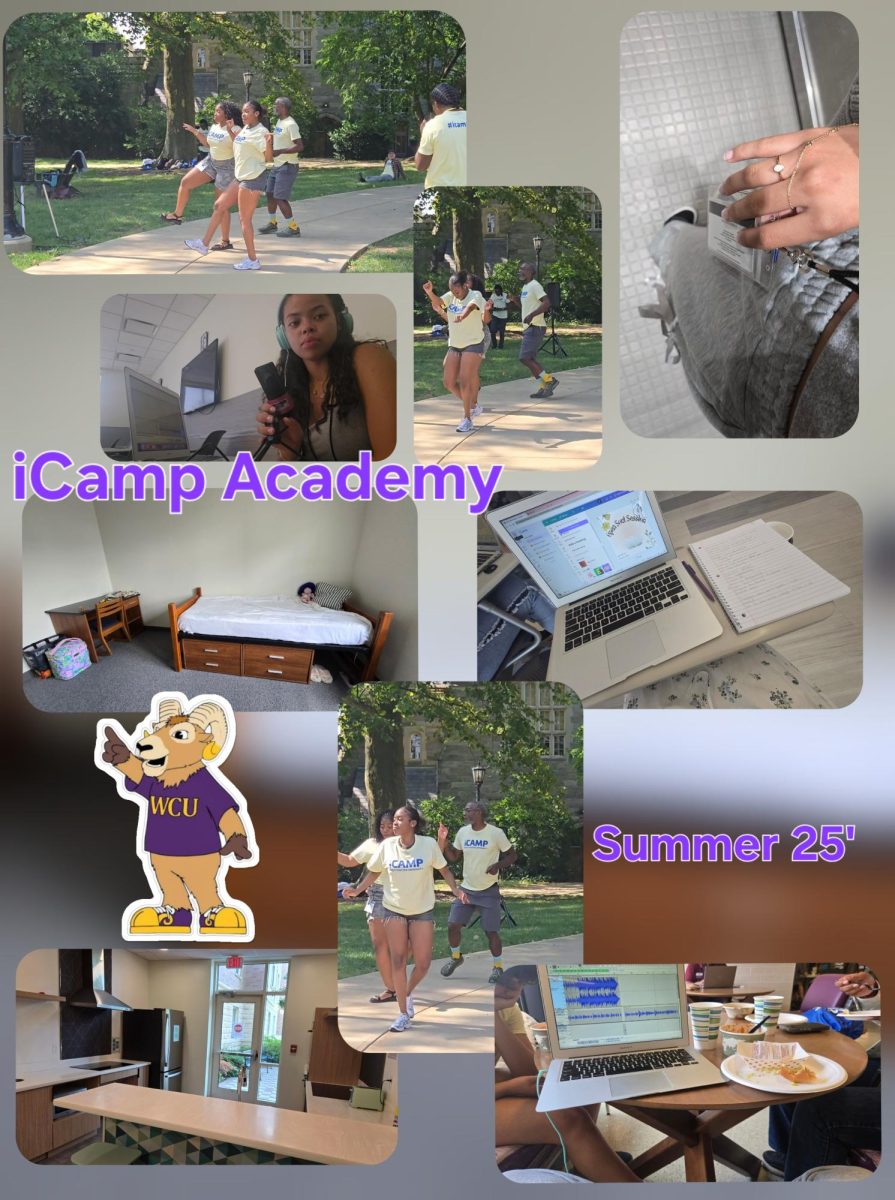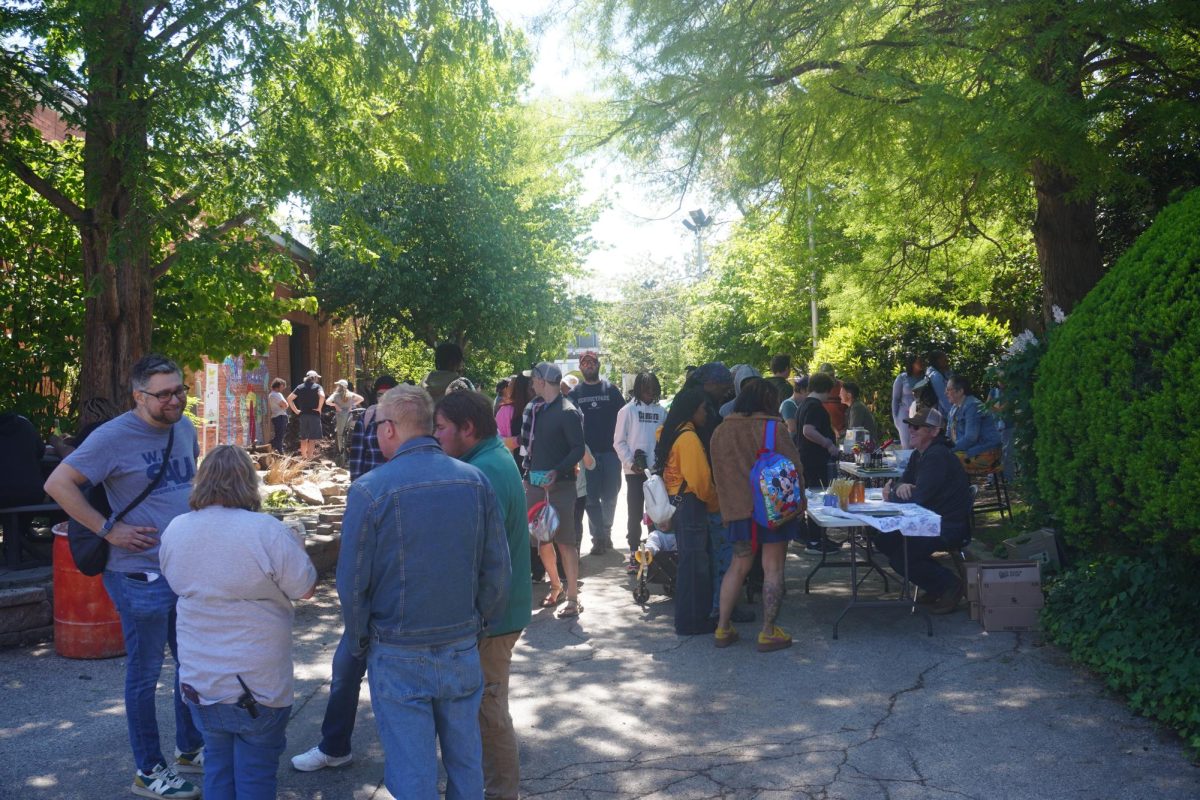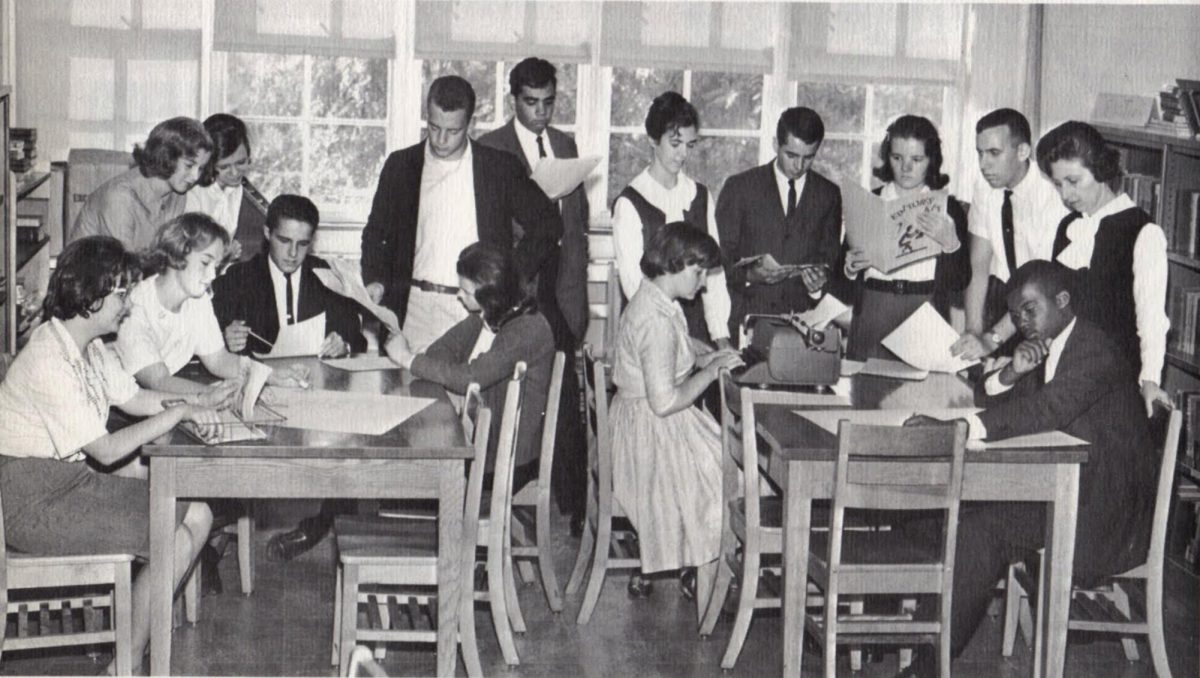This story was co-published in the March edition of the Weaver’s Way Shuttle.
Local farms and farmer’s markets such as Saul High School’s farm in Roxborough have given a lot back to the communities that have supported them over the years. Their most important contribution may be to educate students and adults about how food is grown and prepared.
Farm-to-table programs can give kids and adults a chance to learn how food is grown and prepared by teaching them how to plant seeds and harvest crops. They can also teach other important life skills.

“I think local farms give people the opportunity to understand where their food comes from,” said Jacob Turko, a horticulture teacher at Saul.” So I think [visiting farms] allows people to engage in a lot more [about] food — where it comes from, how it’s processed, and ways to manage that system as well.”
Farms in the city can increase the biodiversity in an area by bringing in different kinds of animals and insects that can benefit the farm and the environment around it. They can also encourage biodiversity in a person’s diet by growing a wide range of plants from around the world.
“We’re right next to Wissahickon Creek, but even without a water source, we’ve had tons of animals that were coming in, like deer [and] foxes,” said Akiva Woods, farm manager at Henry Got Crops Farm. “We have possums, we have raccoons, and those are just the big mammals. And we have tons of bugs and there’s pollinators who come here and we’re seeing even more of them.”
Farms also combat climate change by providing green spaces that take carbon out of the air and offer an alternative to the spread of urban and suburban sprawl.
“Small farms and big farms, especially ones that aren’t tilling, are constantly growing things,” said Alessandro Ascherio, Weavers Way farm manager. “They are sequestering carbon from the atmosphere. If we’re keeping it green, whether it’s farming or another kind of park, we’re helping combat climate change.”
Bringing people together is an important part of building a community, which local farms can do as well. CSA (Community Supported Agriculture) farms such as Saul’s allow students and supporters of the farm from different cultures to meet each other while exploring the farm. They also have a volunteer program at which you can meet farmers and work with them to harvest food. In 2024, the Saul farm totaled over 4,000 hours of volunteer work.

Alé Lomanto, a farmer at Henry Got Crops, appreciated seeing CSA member families pick their vegetables and talk to others at the farm last summer.
“After a long day’s work, I would come up the field to the top of the hill and I would just see these families picking their vegetables and talking to other people and students coming from class at the end of their school day and picking herbs,” says Alé Lomanto, a farmer at Henry Got Crops. “A couple times a year, we’ll bring our CSA members and our working members all into one space, just so they can get a feel for who’s growing their food and who else is eating the food and I think that that is very valuable and brings a lot of people together.”
A lot of money, materials and work go into running a farm, and we should thank those make it happen, whether they’re farmers, volunteers, farm market customers or CSA members. They all make sure people have healthy and nutritious food to eat.











